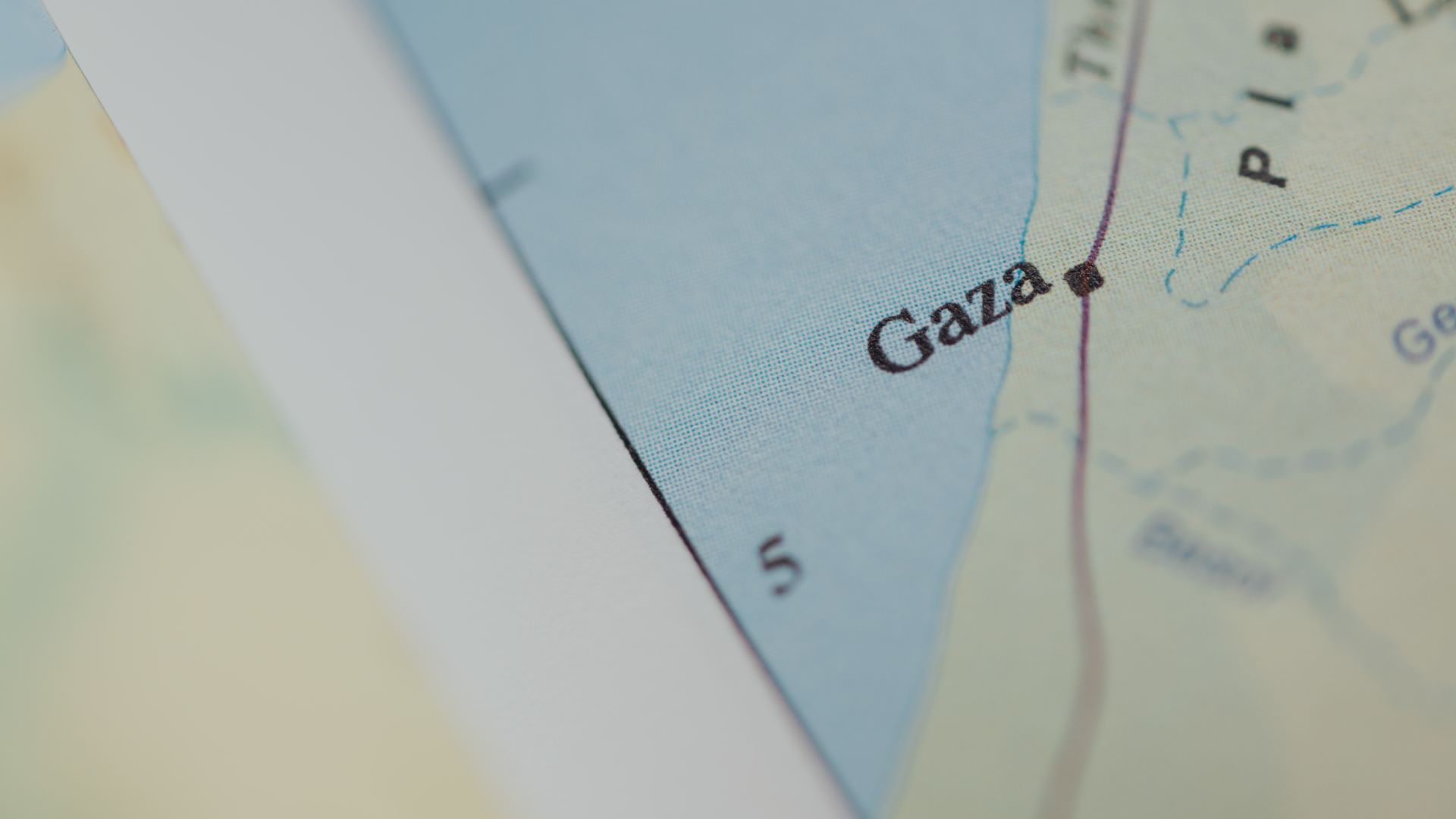The four-day humanitarian pause in Israel’s assault on the Gaza Strip will be vital to allow humanitarian agencies into the stricken Palestinian enclave with much-needed supplies of food, water, fuel and medicine. But four days is a very short window to meet the vast humanitarian needs, given the damage wrought by more than a month of bombardment by the Israeli Defense Forces.
For the first two weeks of Israel’s assault on Gaza, the strip was placed into a state of siege by Israel and access completely blocked. Since October 21, after calls from around the world for humanitarian pauses or a ceasefire, some aid has been allowed into the strip. But the 1,479 aid trucks that have been allowed in during this period represent only 14% of the monthly volume of commercial goods and humanitarian aid that was being delivered to Gaza prior to the conflict.
The situation in Gaza is dire. The World Food Programme reports that fuel shortages have forced bakeries to shut down across the strip, making bread – a basic food staple – almost impossible to find. This has caused food prices to rise significantly.
Because of the shortage of even the most basic supplies, many shops and markets are closed – and even when people manage to get their hands on food, people are finding it difficult to obtain the fuel to cook it with. Farmers are slaughtering starving livestock and people have resorted to eating the few available unripe fruit and raw vegetables.
The supply of safe drinking water is very low and sanitation infrastructure has been destroyed, raising the risk of disease. Israel has been accused by the UN special rapporteur on the human rights to safe drinking water and sanitation, Pedro Arrojo-Agudo, of using water as a weapon of war.
With more than 1 million people now living in UN shelters in Gaza, overcrowding is severe and items such as tarpaulins and tents are urgently needed. So far, the aid goods delivered mainly consist of food, medical supplies and water – and not enough of these.
Limited access
The EU has announced that it will use the four-day pause to step up deliveries, with humanitarian agencies in the region also mobilised and ready to increase the volume of aid.
But the ability to get supplies into Gaza will still be severely limited, as supplies are only being allowed in through the Rafah border crossing with Egypt. This will not change under the current deal, which will allow only 200 lorries carrying aid, four fuel tankers and four lorries carrying gas to cross each day.
There are strict rules for what can be brought in and how supplies can be used. Fuel supplies brought in to Gaza can only be used for limited purposes such as aid distribution, cooking, and to power essential services such as sewage treatment or water desalination plants.
There is a great deal of concern about the limited volumes of aid being allowed under this deal. The UN Relief and Works Agency (UNRWA) requires 160,000 litres of fuel daily for its basic humanitarian operations in Gaza. The four tankers permitted per day would barely meet this, allowing no fuel to be stockpiled for use after the end of the pause.
Perhaps the simplest way of spelling out the inadequacy of this deal is to highlight a single commodity: water. One truck can carry around 45,000 bottles of water, which means that to meet the drinking and cooking water needs alone, 400 trucks a day would have to enter Gaza carrying nothing but water.
Humanitarian organisations ready
Humanitarian pauses are frequently negotiated in conflict areas – and all-too often, they don’t hold. This has often been the case between Israel and Gaza. But respecting this pause is vital as a trust-building measure for further negotiations.
The temporary cessation of hostilities begins on Friday November 24, giving humanitarian organisations little notice, but the UN Office for the Coordination of Humanitarian Affairs (OCHA) says agencies are ready to step up aid deliveries.
With so many agencies involved in the humanitarian response and only very limited access, it is important to coordinate activities. The Logistics Cluster – a global community of humanitarian groups affiliated with the UN – assesses storage needs, surveys the pipeline of supplies across various organisations, and publishes maps to facilitate logistics operations.
A key strategy to enable this is pre-positioning, whereby supplies are moved as near as possible to an affected area. Since mid-October, more than 150 flights with thousands of tons of aid have arrived at Egypt’s El-Arish airport, located 45 kilometres from the Rafah border crossing. The goods are now stored in warehouses close to the airport.
‘Band-aid to a bleeding wound’
Delivering supplies to those in need will remain challenging. There have been reports of hold-ups at the Rafah crossing , while terrible damage to infrastructure by weeks of airstrikes in Gaza will make delivery of aid to where it is needed very difficult. Lack of fuel for vehicles won’t help.
It is also going to be very challenging to ensure equitable distribution of aid among more than 1.6 million internally displaced people in overcrowded shelters. The situation in the north of Gaza is particularly dire, as access has been cut due to Israeli military operations. It is unclear to what extent aid will be able to reach the population in this area, even during the pause.
This is difficult and dangerous work. UNRWA reports it has lost more than 100 staff since the beginning of the war. It’s vital that aid workers are allowed free and safe movement throughout the strip.
With winter coming, the situation can only get worse unless this pause extends into a more permanent ceasefire, but the Israeli prime minister Bejamin Netanyahu has already ruled this out. Instead, what Oxfam has called “a band-aid to a bleeding wound” is likely to be ripped off all too soon, after this brief period of desperate emergency efforts that cannot begin to meet Gaza’s extensive humanitarian needs.
Sarah Schiffling, Deputy Director of the HUMLOG (Humanitarian Logistics and Supply Chain Management Research) Institute, Hanken School of Economics and Chris Phelan, Business School Associate Director, Edge Hill University
This article is republished from The Conversation under a Creative Commons license. Read the original article.
November 24, 2023



